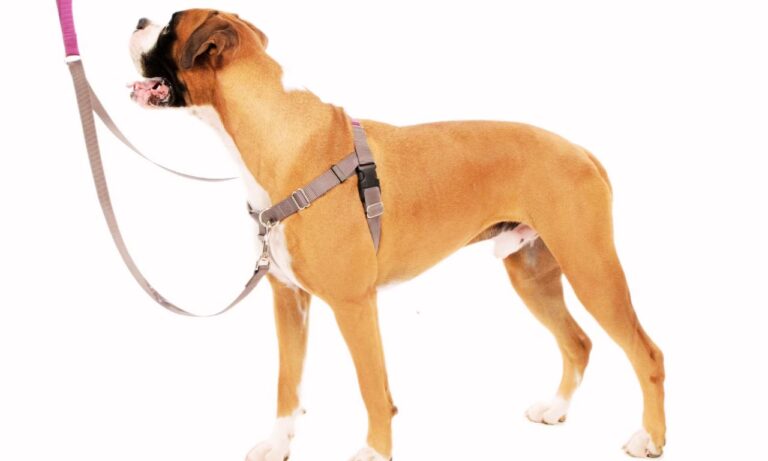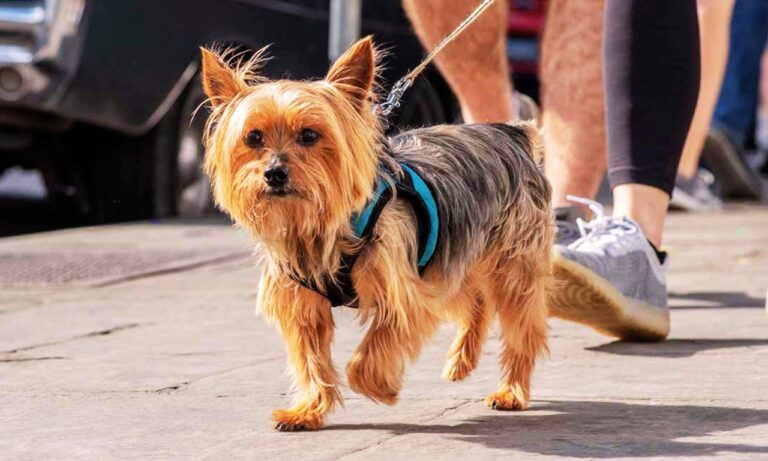Doberman Bite Force 600 Psi: The Doberman Pinscher, a breed known for its athletic build, intelligence, and loyalty, has a reputation that precedes it. With a sleek coat and powerful physique, it is often considered one of the most versatile working dog breeds, excelling in everything from police and military work to family protection.
One aspect of this breed that stands out is its bite force—a critical feature that helps explain its role as a highly effective guardian and protector. The Doberman’s bite force is often noted as being around 600 PSI (pounds per square inch), making it one of the most powerful among working dog breeds.
Understanding the bite force of the Doberman can provide insight into its capabilities, its behavioral traits, and how to care for and train such an intelligent and powerful dog. For anyone considering bringing a Doberman into their family or for those interested in the breed’s history, knowing the specific figures behind its bite power can be quite revealing.
The 600 PSI bite force places the Doberman on the higher end of canine bite strength, which is essential for its role as a protector. The American Staffordshire Terrier’s coat type is short, sleek, and easy to maintain with regular brushing.
Blog Highlights
ToggleWhat Does Doberman Bite Force 600 Psi Mean for a Dog?
Before delving into the specifics of the Doberman’s bite force, it’s important to understand what 600 PSI means in terms of canine bite strength. Bite force is a measure of the pressure a dog can exert when it bites, and it’s an important factor when assessing a breed’s capabilities, especially for working dogs like the Doberman.

For comparison:
- Pitbull: 235–250 PSI
- German Shepherd: 238–250 PSI
- Rottweiler: 328–328 PSI
- Doberman Pinscher: 600 PSI
- Kangal (record holder): 743 PSI
As you can see, the Doberman Pinscher has a significant bite force at 600 PSI, which places it well ahead of many popular breeds known for their strength. This powerful bite is one of the main reasons Dobermans are so effective in protection and security roles. Their bite is strong enough to inflict serious damage when required, making them excellent deterrents against potential threats. The best collar size for an American Staffordshire Terrier ensures a comfortable and secure fit for your dog during walks and training.
The Biology Behind the Doberman’s Bite Force
The Doberman Pinscher’s 600 PSI bite force is not just a product of size but is deeply linked to its anatomy and jaw structure. The jaw muscles and teeth alignment play a major role in enabling the Doberman to generate such significant force. The muscular jaw is capable of exerting tremendous pressure, which, in combination with the breed’s strong neck and head muscles, creates a perfect biting tool.

The Doberman’s skull is designed for efficiency in applying force. The head is proportional to the body, and its size allows for more powerful biting muscles. When it comes to bite force, the jaw length and the alignment of the teeth play significant roles.
The Doberman’s canine teeth are sharp and well-aligned, designed to grip and puncture. Additionally, the breed has well-defined molars that help with tearing and grinding, essential for locking onto prey or an intruder.
The 600 PSI bite force reflects these anatomical features. It’s also worth noting that while the Doberman is not the breed with the absolute highest bite force, its bite is more than sufficient to handle protective tasks and work in security environments.
It is a well-rounded combination of strength and precision. To find out the what size collar for an Affenpinscher, ensure you measure your dog’s neck correctly for a perfect fit.
Doberman’s History and Role in Security Work
To understand the significance of the 600 PSI bite force, it’s important to explore the Doberman’s history and purpose. The Doberman was developed in the late 19th century by a German tax collector named Karl Friedrich Louis Dobermann. He needed a breed that could help him protect himself while performing his job, which involved traveling through dangerous areas.
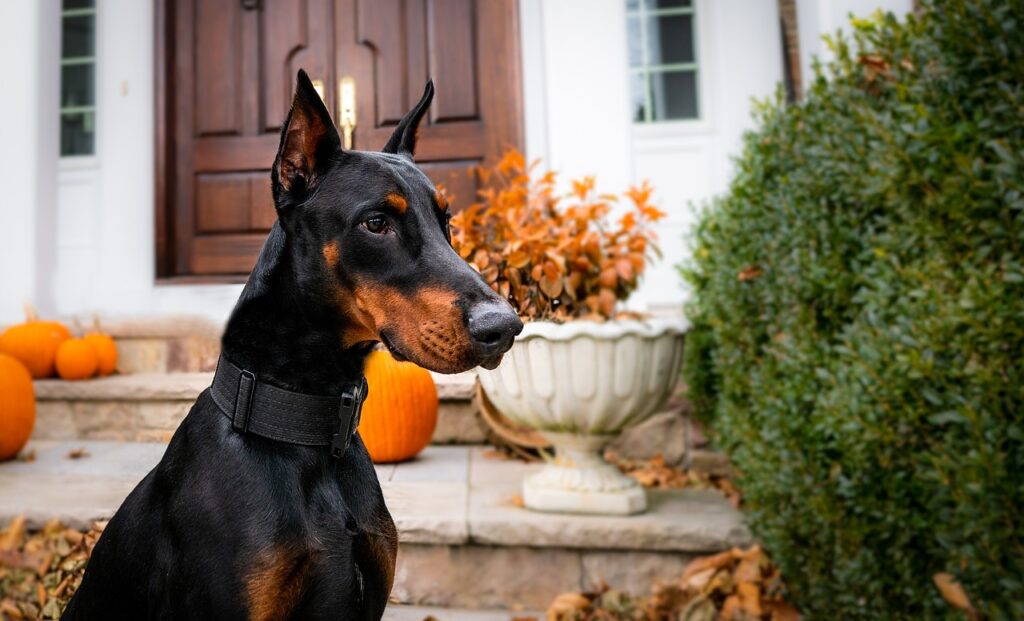
Dobermann bred dogs with a combination of the Rottweiler, Weimaraner, and Greyhound, which gave rise to the Doberman Pinscher. The breed was designed to be both a protector and a companion, with traits like intelligence, loyalty, and a willingness to defend.
The 600 PSI bite force made the Doberman an ideal choice for various protective roles, including:
- Police dogs: The bite force is strong enough to apprehend suspects and protect officers.
- Military dogs: They are used for attack and defense during missions.
- Personal protection dogs: Many Dobermans are trained as personal bodyguards due to their intelligence and protective instincts.
These roles require dogs with high bite force, and the 600 PSI bite force of the Doberman makes it a perfect fit for such demanding tasks. The strength behind the bite enables Dobermans to subdue threats and protect their handlers effectively.
For a step-by-step guide on how to wear collar to an Affenpinscher, check out this detailed article to ensure a comfortable and secure fit for your dog.
How Does the Bite Force Contribute to the Doberman’s Temperament?
While the 600 PSI bite force is a defining feature of the Doberman, it’s important to understand that bite strength alone does not dictate temperament. Dobermans are known for their loyalty, confidence, and intelligence. They are often reserved with strangers but are deeply affectionate and protective of their families.
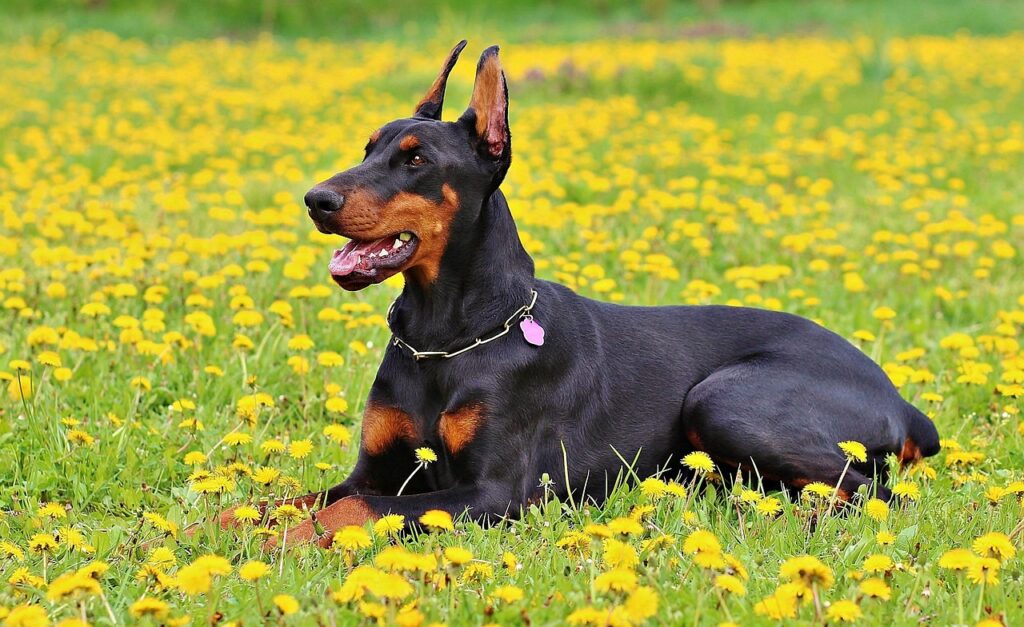
The powerful bite of the Doberman is tied directly to its natural guarding instincts. The breed is highly protective of its home and family, which is why the bite force is an essential aspect of its behavior. However, bite force should not be confused with aggression. Dobermans are not naturally aggressive but are assertive and protective when they sense a threat.
A well-trained Doberman will typically use its 600 PSI bite force only when it perceives a real danger, and its behavior can be controlled through early training, socialization, and consistency. With proper guidance, a Doberman can be a calm and composed family companion, using its bite only when necessary to protect its loved ones.
The Role of Training in Controlling Bite Force
Given the 600 PSI bite force of the Doberman, training is absolutely essential in managing the breed’s potential for aggression and ensuring it uses its bite appropriately. Training and socialization help the dog understand when to use its strength and when to remain calm.
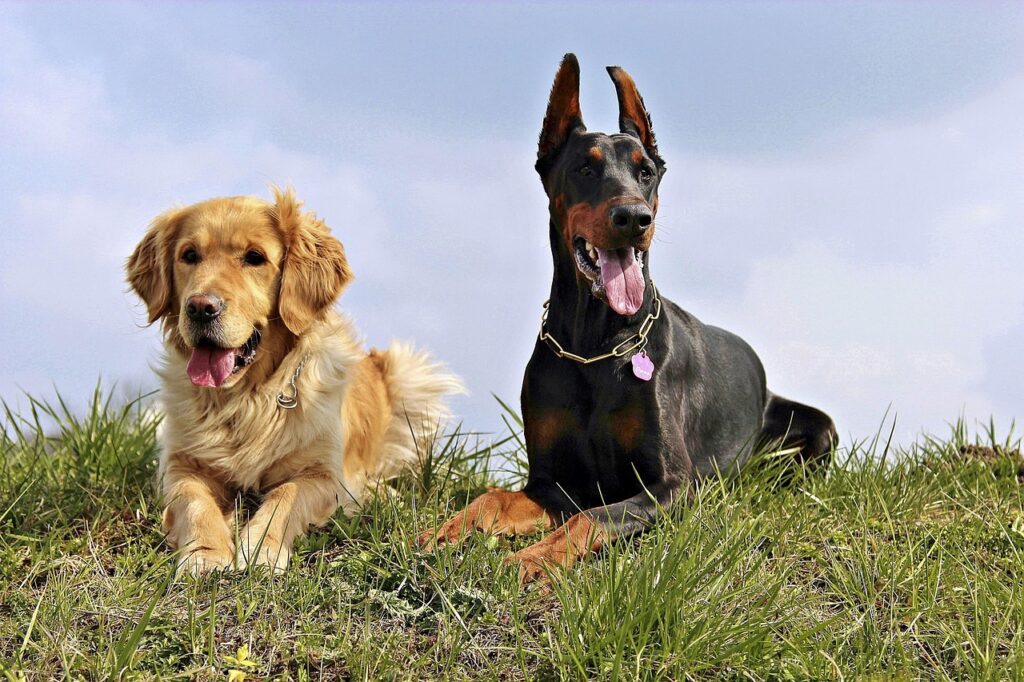
Training a Doberman should involve:
- Basic obedience: Commands such as “sit,” “stay,” “leave it,” and “down” help maintain control of the dog in various situations.
- Socialization: Introducing the Doberman to different environments, people, and other animals helps it become comfortable in various situations, reducing the likelihood of unnecessary aggression.
- Positive reinforcement: Rewarding the dog for good behavior can help it learn how to use its instincts appropriately, ensuring the dog doesn’t become overly protective or territorial.
Training and socialization are key to managing the 600 PSI bite force of the Doberman. It ensures that the dog uses its power for protection rather than out of fear or uncertainty. Dobermans that receive proper training can be very well-adjusted, using their bite force to defend rather than to attack unnecessarily.
Check out the best dog collars for Border Collie to find durable, stylish, and comfortable options for your active dog.
How Powerful Is the Doberman’s Bite in Real-World Scenarios?
The 600 PSI bite force of the Doberman allows it to perform tasks that require both strength and precision. In real-world situations, the bite force plays a key role in the dog’s ability to subdue a threat and protect its handler or family. This makes the Doberman a valuable asset in security work, law enforcement, and military operations.
For example, in a police or military scenario, a Doberman might be tasked with apprehending a suspect. The 600 PSI bite force allows the dog to hold onto the suspect effectively, ensuring they are subdued until officers can take control. The strong bite also makes it effective at deterring intruders and threats.
At home, a Doberman’s bite force is a powerful deterrent. Should an intruder enter the premises, the dog can utilize its bite force to protect its family. While the dog is not aggressive by nature, its sheer strength ensures that any potential threat is met with force if necessary.
Final Thoughts on the Doberman’s Bite Force
The Doberman Bite Force 600 Psi is a defining characteristic of this versatile breed. While it’s important to recognize the power of the bite, it’s equally crucial to remember that this force is not wielded without reason. Dobermans are highly intelligent, trainable, and protective dogs that use their bite only when needed.
For potential Doberman owners, understanding the role of the bite force and its connection to the breed’s history, temperament, and training is essential. When trained and socialized correctly, the 600 PSI bite force becomes an asset that helps make the Doberman an outstanding guardian and protector, ensuring safety while maintaining a calm and composed demeanor. For guidance on choosing the right collar size for an Airedale puppy, check out this detailed guide.


